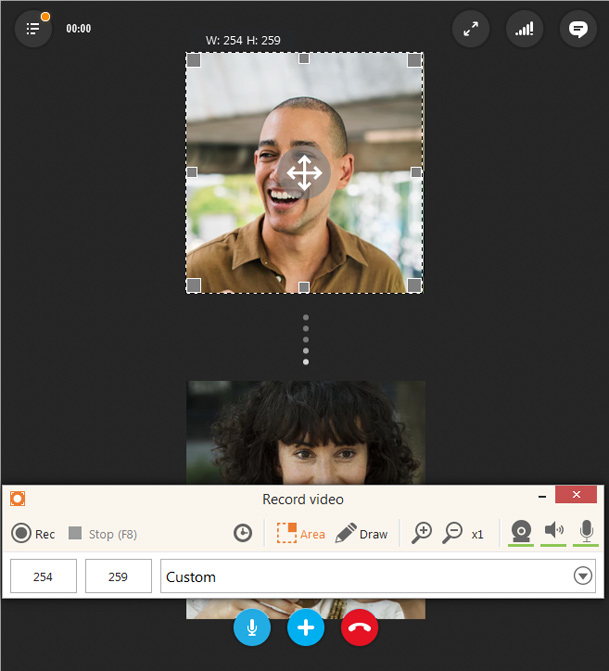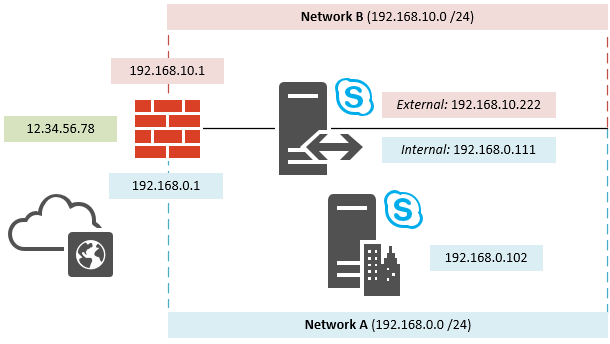

This setting can be enabled or disabled on a per-user basis. Scenario 3: Recording options in Lync 2010 or Lync 2013 are unavailableįirst, verify that recording is enabled for user having issues in the Skype for Business Admin Center. In this scenario, a notification is displayed to inform the user that audio isn't being recorded. This can occur if the users join the audio from the public switched telephone network (PSTN), and Voice over Internet Protocol (VoIP) audio isn't enabled. Outgoing audio was active, but incoming audio may have been disabled.

To troubleshoot this issue, verify that incoming audio was active during the online meeting. Scenario 2: Audio is missing from the whole recording, or audio is missing in the final 10 minutes of the recording If the error message indicates that only Audio/Video and Application Sharing won't be recorded, be aware that PowerPoint Sharing, Whiteboarding, and Instant Messaging are still recorded.Check the Skype for Business Admin Center to verify recording capabilities are enabled for the user having problems.Check with the meeting organizer to make sure that the user has presenter permissions in the meeting.Solution Scenario 1: A presenter can't record the meeting Scenario 4:Instant messaging (IM) conversations in meetings aren't being recorded.Scenario 3:Recording options in Lync 2010 or Lync 2013 are unavailable.Scenario 2:Audio is missing from the whole recording, or audio is missing in the final 10 minutes of the recording.Scenario 1: A presenter can't record the meeting.The small businesses that should seriously consider using Skype for Business are those looking to drive internal efficiencies through deeper integration with Office 365, or those wanting more control and security over their company communications, or those looking to hold larger meetings with more than 25 participants or with more advanced capabilities that enable webinars or large group presentations.You experience one or more of the following symptoms in Lync 2010 or Lync 2013 while you're signed in to Skype for Business Online (formerly Lync Online): While Skype and Skype for Business are two different products, you can call anyone with a Skype ID from within Skype for Business. Very small businesses that use Skype sporadically or for limited purposes may want to stick with Skype for consumer experience now. Sharing screens is easy, as is sending files through Skype - and much more. You can do video or voice calls, or text chat.

You can hold conferences with up to 25 people at one time. You can receive and make calls to mobile and landline numbers (for an added fee).
#FREE SKYPE VIDEO RECORDER 2015 FREE#
With the free Skype for consumer version, you can make unlimited Skype-to-Skype calls. You can present documents, share your screen and even grant permission for someone else to remotely control your desktop from within Skype for Business - and do much more, depending on which Skype for Business plan you choose. Skype for Business meetings can be scheduled within Outlook, and launched instantly with one click. If I need an answer now, I can go into Skype for Business and see if anyone in engineering is involved in a meeting and ask the question if I don’t want to wait until the other person returns.” If I have a question for someone in engineering, I can see if they are out of the office. According to Stark, “Right next to their name in Outlook I see whether they are participating or are out of the office. Skype for Business can display each employee’s availability, such as if they’re free, busy, in a meeting or offline. This makes it easy to send an IM or start a voice or video call from directly within a Word or PowerPoint document, for example. Skype for Business is more deeply integrated with Outlook and Office 365, Microsoft’s cloud productivity suite, which includes the core Office apps like Word, PowerPoint and Excel, as well as email, cloud storage, and other collaboration tools.


 0 kommentar(er)
0 kommentar(er)
